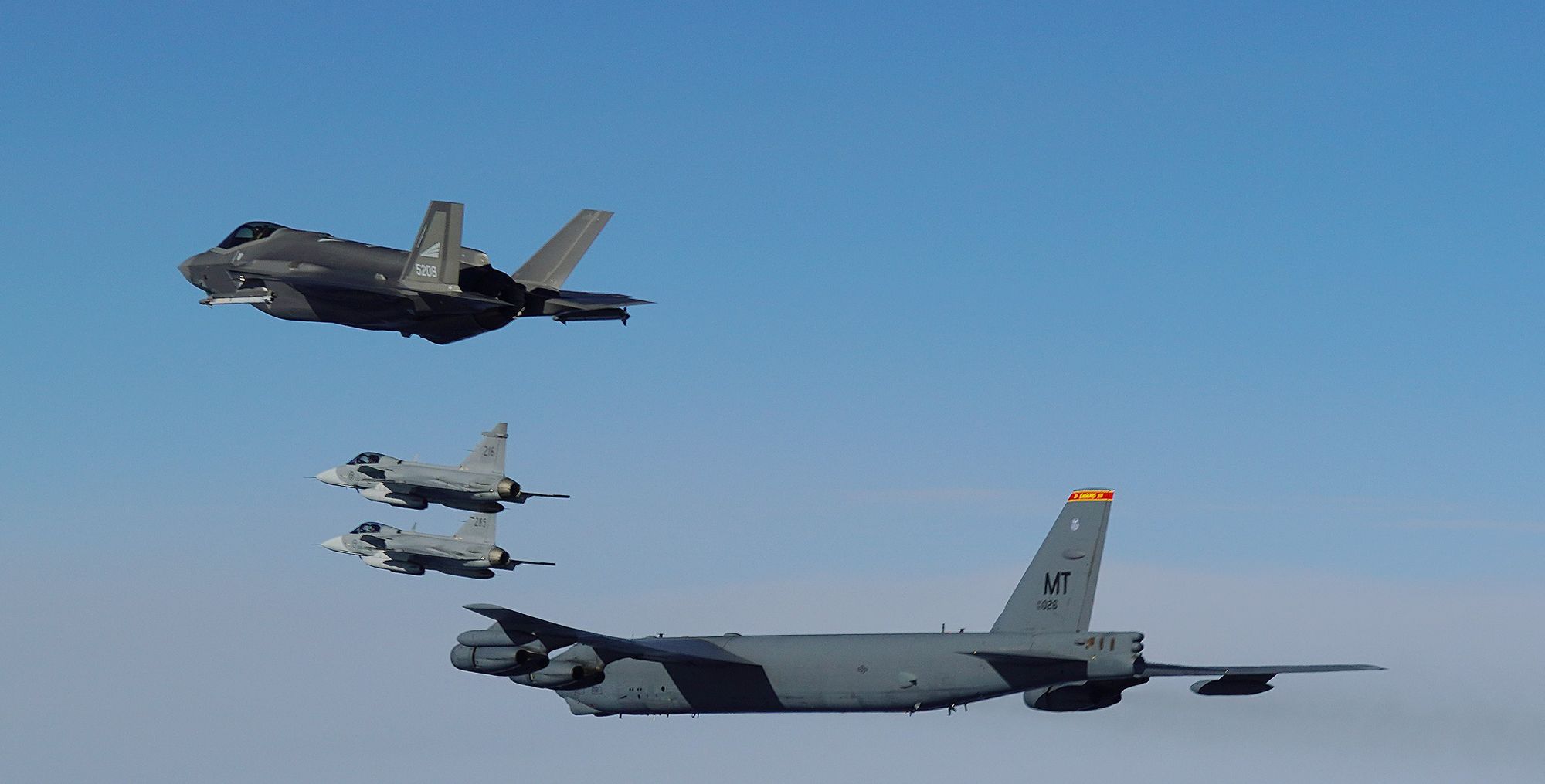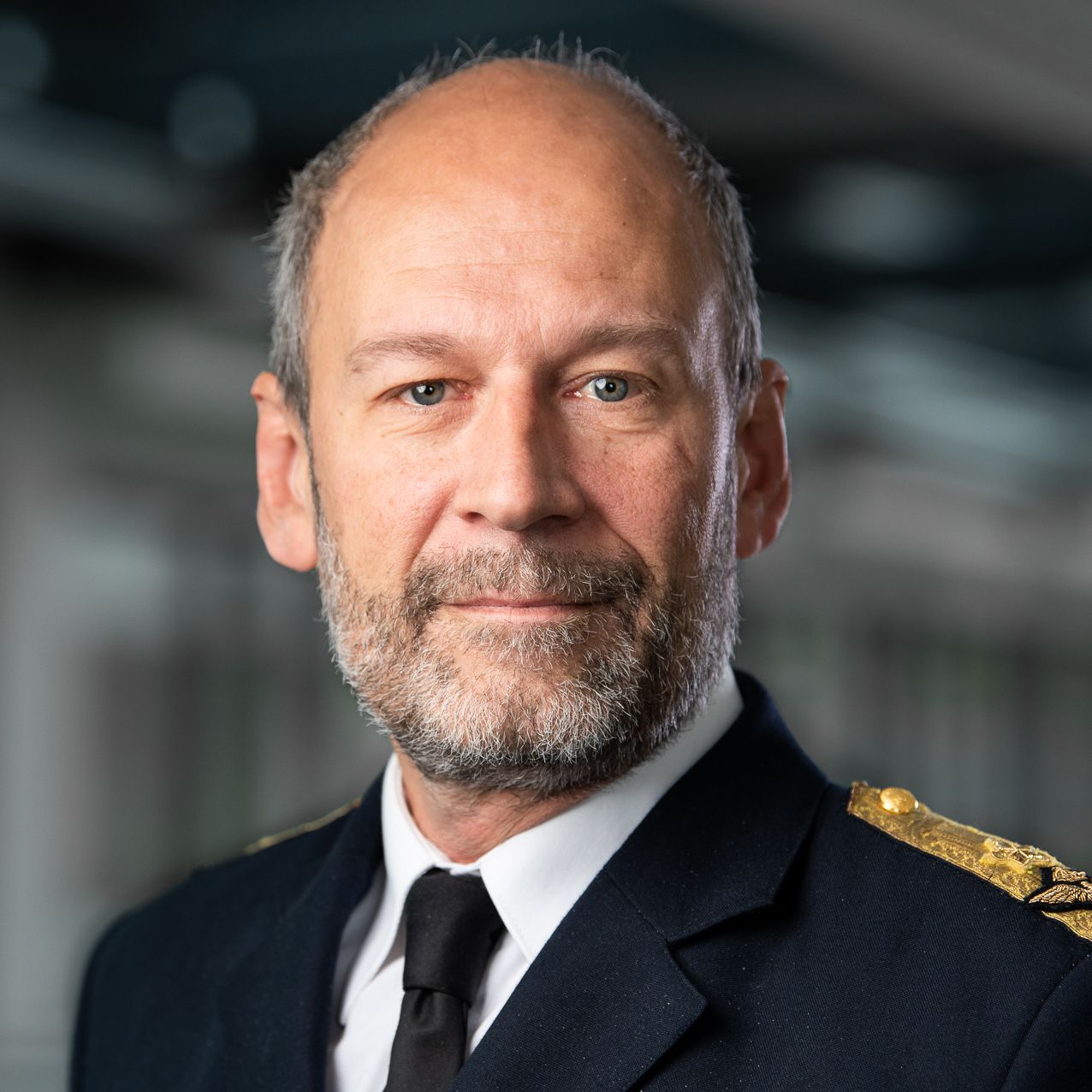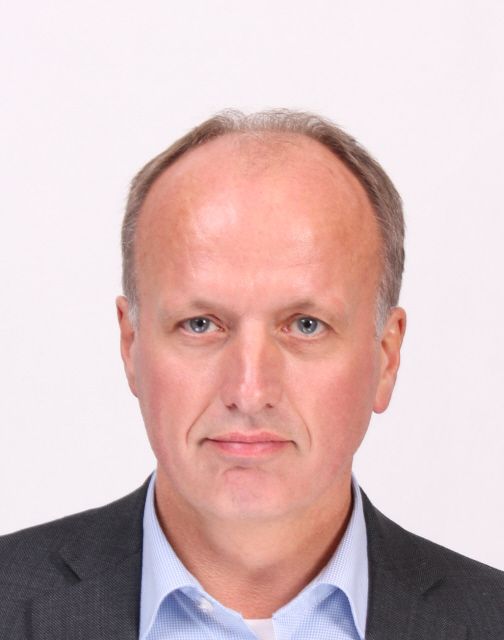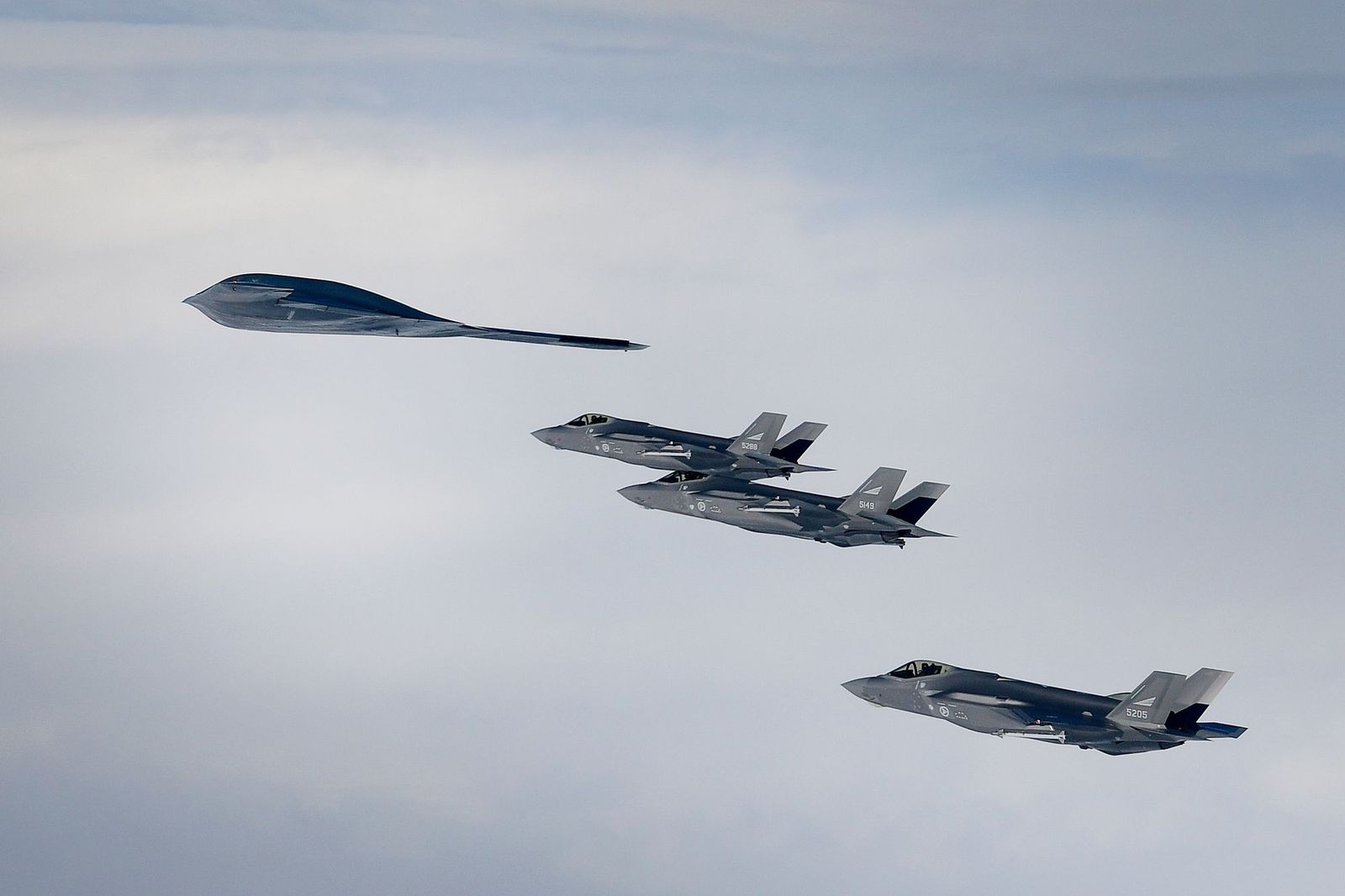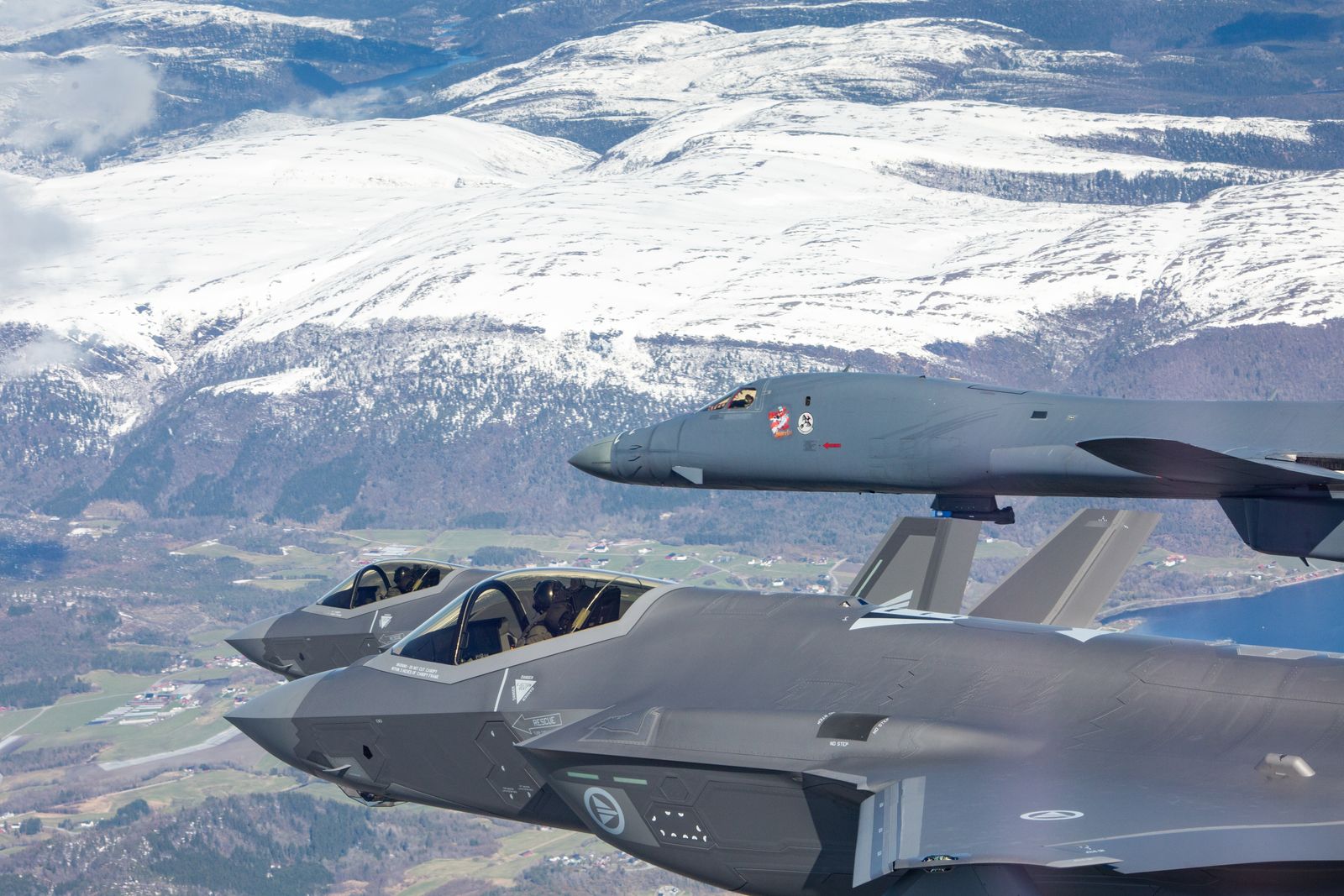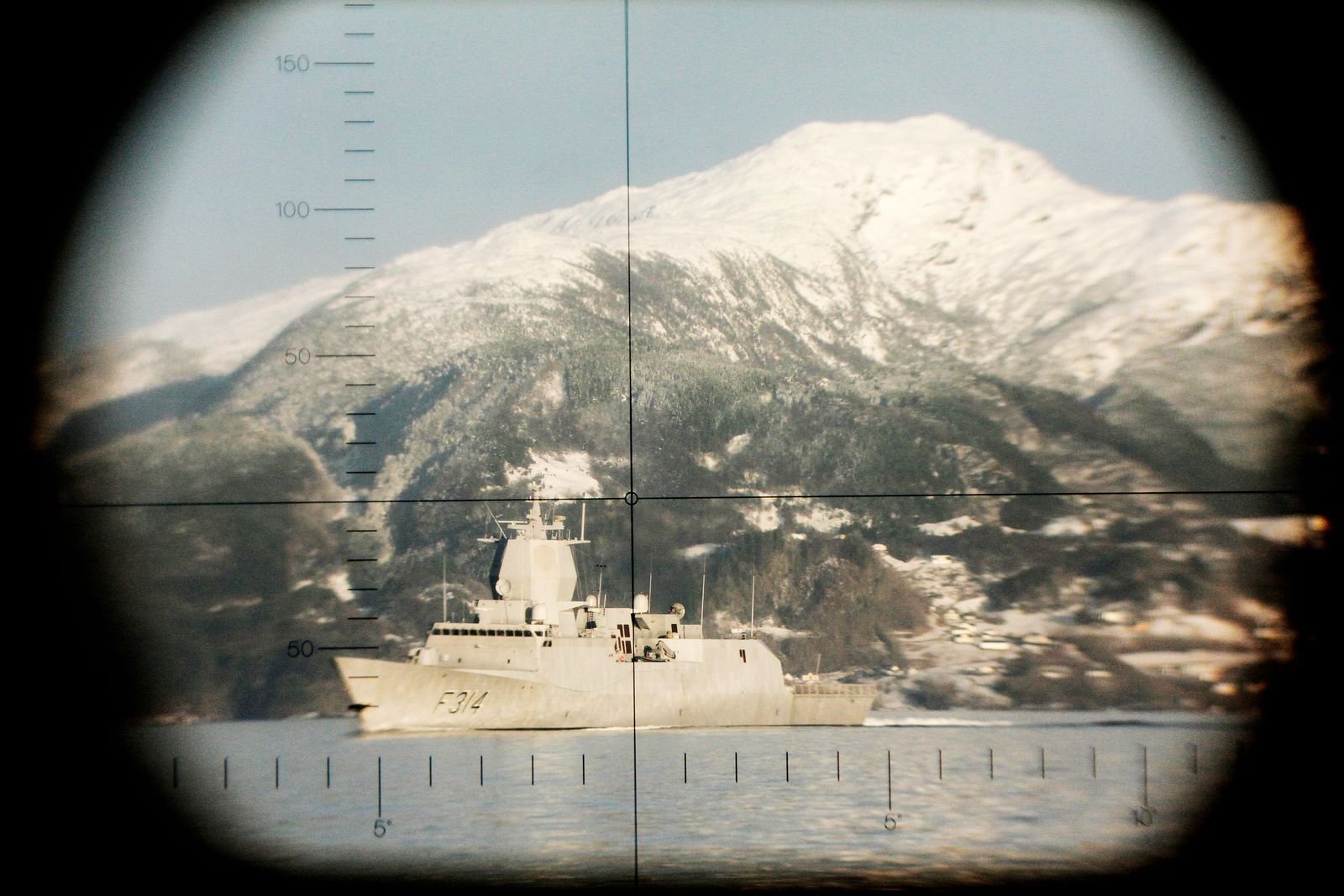Finland and Sweden joining NATO is a substantial strengthening of the Alliance’s airpower capabilities. The purchase of F-35s – Finland (64), Norway (52) and Denmark (27) – combined with Sweden’s JAS Gripen (120), both C/D and E models, offer a unique opportunity to think about how the four Nordic air forces can work more closely together. While much attention is given to the aircraft, this article will focus on the all-important aspect of air base concepts.
Finland’s and Sweden’s entry into NATO will result in a number of security and defence changes, not only for the new member states, but also for Norway which has never before had a land border with a fellow member of the Alliance. The forthcoming Nordic expansion of NATO will have several consequences for military planning for crisis and war and will especially impact how land and air forces can be utilized. Air force bases are key enablers for air operations and joint efforts. They serve three purposes: to host organic Nordic air force assets, to host allied air force reinforcements and to serve as Aerial Ports of Debarkation (APOD) for land forces deploying into the theatre as well as for logistical flights with military supplies. All the types of forces at the air bases must be protected, and the strategy can be multifaceted.
All the Nordic air forces[1] will soon be a part of NATO’s Integrated Air and Missile Defence System (IAMDS), in peacetime, crisis and conflict. To make the bases and the air force units resilient against attacks, a wide range of solutions can be used according to active and passive air defence defensive counter air doctrine. One option in activeair defence is ground based air defence (GBAD) with either missiles, man-portable air defence systems (MANPADS) and anti-aircraft artillery. In passive air defence there are a number of measures including camouflage and concealment, deception with fake targets, hardened shelters and also dispersal. There are various approaches to GBAD and to aircraft dispersal among the Nordic countries that might be a factor in a future integration into NATO. This article will focus on these two topics and finally elaborate on how to exploit a borderless Nordic air base system in a flexible manner.
There are various approaches to GBAD and to aircraft dispersal among the Nordic countries that might be a factor in a future integration into NATO.
Ground Based Air Defence
The existing GBAD solutions are quite different in the Nordic countries. In Finland and Sweden all the GBAD systems are a part of the army organisation. Both the Norwegian Army and Air Force have GBAD units. Denmark have plans to reintroduce GBAD in the future. The armies in Finland, Norway and Sweden have a mix of GBAD systems according to airpower doctrine resulting in a flexible capability against a wide range of threats,[2] but the Royal Norwegian Air Force has only one system.
Finland’s Army operates a combination of GBAD systems to contribute to the joint layered air defence structure operating in combination with fighter aircraft and naval air defence. Anti-aircraft artillery includes a modernised version of Soviet-built 23 mm ZSU-23-2 and the 35 mm Oerlikon KD-series. The original plan was for all air defence guns to be retired and replaced with missile systems in the near- and medium term due to their expected poor performance against modern fast jets and helicopters. However, the proliferation of drones and loitering munitions have created uncertainties about the idea. For the missiles, there is a layered approach including Stinger MANPAD, Saab RBS 70 short-range systems in both self-propelled and man-portable versions, self-propelled Crotale launchers, as well as the Norwegian Advanced Surface-to-Air Missile System (NASAMS) II. In addition, there is an ongoing acquisition program to buy a new high-end system with a focus on increasing the ceiling.
The Commander of the Swedish Air Force, Major General Jonas Wikman, being the Joint Force Air Component Commander (JFACC) in crisis and war, will assume command and control of the Swedish Army GBAD systems in since they will form an integral part of the Swedish integrated air defence system (IADS). The Swedish Army’s GBAD is dedicated to shield its brigades and one unit is earmarked for the protection of Gotland. Sweden has an anti-aircraft gun system placed on a CV 90 chassis, RBS 70 MANPADS and a short-range system with IRIS-T missiles. The latest add-on is Air Defence System 103 (LvS103), the Swedish name for the American Patriot system.
The Royal Norwegian Air Force had a mix of GBAD systems during the Cold War, but currently only operates the mid-range NASAMS III system stationed at Ørland and Evenes air bases. The Norwegian Army also has NASAMS and has ordered a short-range air defence system based on the IRST-T missile. The Army is also procuring MANPADS for land forces in the northernmost county of Finnmark neighbouring Russia.
Most allied air force reinforcement units at Nordic air bases and also allied transport aircraft flying in equipment, supplies and personnel may depend on protection from active air defence including GBAD. There are options in passive air defence to enable resilience for Nordic aircraft units and some of the allied squadrons.
Dispersal
Regarding dispersal the Finnish Air Force did not abandon the concept after the end of the Cold War. In the current geopolitical and military situation Finland has a robust and resilient approach to passive air defence. The Finnish basing system is built around a hub-and-spokes system with aircraft, in times of crisis, dispersing to secondary bases that include both civilian airports and road bases. To be able to support these deployments, road convoys with dedicated trucks bring the ground equipment needed, including fuel, munitions, spares, and, in the case of road bases, mobile control towers. To ensure enough personnel to maintain this spread-out organization and to protect these numerous smaller bases, the Finnish Air Force relies heavily on conscripts to beef up both the ground crews as well as to set up wartime base protection units which can deploy with the road convoys to protect the satellite bases.
The purpose with the Swedish Air Force basing concept is to generate a higher number of effective sorties than the enemy. The key attributes in the Swedish base operations concept are movement and dispersion. The system is more or less the same as in Finland even though it has been greatly reduced after the Cold War where it had more than 100 different possible runways spread around the country. The ultimate goal in the Swedish approach is to remain as mobile as possible, temporarily open up airfields and then move on to the next base. Therefore, always operate inside the enemy’s decision-making loop, challenge their tactical intelligence and degrade the opponent’s situational awareness. Sweden has a few mountain hangars to protect the aircraft before they disperse to the bases in wartime. The current Swedish Air Force lacks a GBAD system to complement dispersal.
The current Swedish Air Force lacks a GBAD system to complement dispersal.
Norway had a robust base structure during the Cold War. National squadrons could move between regions in crisis and war and the bases had excess capacity to receive a large number of allied air force reinforcements. Norwegian and allied fighter aircraft were dispersed into several squadron areas at the bases and parked inside hardened shelters. With pre-planned fly-away-kits the Norwegian squadrons could move and deploy to other main operating bases in relative short time, and the F-16s trained dispersal to the large number of 800 meter short field runways throughout the country. After the Cold War peacetime economy of scale became the main focus resulting in a philosophy of few air stations and a compact infrastructure footprint inside the base to keep operating costs at a minimum. The current commander of the Royal Norwegian Air Force, Major General Rolf Folland, has initiated steps to reprioritise operational principles and requirements in crisis and war for the air force base structure and concepts. He also wants to reemphasise the principle of dispersal for the Royal Norwegian Air Force.[3]
Key allies are also reintroducing dispersal for their air forces. The United Kingdom has recognized that their few air force bases are vulnerable to attack from Russian long-range weapons. The Royal Air Force (RAF) have recently started to exploit possibilities to disperse and use civilian airfields, and possibly highway strips, for their fighter jets. The US Air Force (USAF) has introduced Agile Combat Employment to increase survivability while generating combat power.[4] The requirement to be less vulnerable and more unpredictable was initially identified in the Asia-Pacific theatre as China introduced more long-range weapons. The USAF Agile Combat Employment approach has also been introduced in Europa to counter the threat from Russian modern systems. The current USAF approach is actually more similar to the approach of Finland and Sweden than basing concepts in current alliance members, including Norway.
How will the introduction of the F-35As affect the air force basing concept in the Nordic region? The Norwegian Air Force initial plans were to centralize all aircraft and the infrastructure to Ørland air base in Mid-Norway, and initially the focus was on safety in peacetime. In addition, a political decision resulted in the location of the F-35 quick reaction alert at Evenes in Northern Norway. For Finland the plan is to retain the current organization used with the F/A-18C/D Hornet-fleet with the introduction of the F-35A on a one-to-one basis. The Finnish Air Force currently has two fighter bases and two additional military air force bases. The Finnish Air Force commander Major General Pasi Jokinen plans to station the new fighter aircraft at both Rovaniemi and Kuopio-Rissala in peacetime, to have the capability to conduct F-35 operations in crisis and war out of all four military bases, and in addition be able to deploy F-35s to civilian airfields and road strips. The Finnish Air Force is already studying infrastructure requirements and solutions for a flexible F-35 basing concept.[5] They are not the only one. The US Marine Corps (USMC) is already exploring F-35 deployments to field bases with mobile logistics and a deployable Autonomic Logistics Information System (ALIS) solution as a part of the overall effort to introduce the new USMC Expeditionary Advanced Basing Operations concept.
Regional dispersal and command & control (C2)
The idea of Nordic Cross Border Basing emerged last year in discussions at The Royal Swedish Academy of War Sciences. At first as an option for the Finnish Air Force to also use air bases in Sweden in crisis and war to enable more operational depth. Later as a multinational concept with flexible use of bases in Denmark and Norway as well. All the Nordic air forces can utilize a concept for regional dispersal, and also compatible aircraft units from USAF, USMC and RAF. A future war scenario might be executed with a mix of national and allied military aircraft at bases in all the Nordic countries and possibly throughout Northern Europe. Being unpredictable in conflict and exploit cross border basing have several advantages, but must be planned, prepared and exercised in peacetime. Regional dispersal can increase resilience for all national and allied air forces and should be combined with air-to-air refuelling to maintain mission flexibility.[6]
In addition, while it is easy to focus on the fast jets, cross-basing of other assets, including Norwegian P-8 Poseidon maritime patrol aircraft, Swedish Saab Global Eye S106 airborne early warning and control aircraft, Finnish C-295 signals intelligence aircraft, or transport aircraft add to the flexibility of the joint operations. Given their ability to operate from improvised bases, similar benefits can also be seen for helicopters.
Cross border basing in the Nordic region specifically, and in Northern Europe in general, requires close coordination and integrated tactical command and control.
Cross border basing in the Nordic region specifically, and in Northern Europe in general, requires close coordination and integrated tactical command and control. An idea of a Nordic JFACC or Air Operations Centre (AOC) has already emerged and can be an enabler, not only for cross border basing, but also all other approaches to flexible use of airpower at NATO’s Northern Flank. The value from regional cross border basing in the Nordics comes from a number of different aspects. The ability to use South-Norwegian and Danish bases for strategic depth to minimize the threat from enemy kinetic action and provide a relatively safe haven for longer maintenance operations and similar is obvious. Using Finnish and North-Norwegian bases allows for operations close to the frontline with short response times and low transit times, lowering the overall fuel consumption and the need for aerial tanker support. Sweden in turn provides a mix of both worlds, being some distance away but still closer to the action in the Baltic area than the majority of Norwegian options. Notable with a common C2 solution is the ability to create regional centres of gravity and being able to concentrate regional airpower efforts if need arises.
Conclusion and recommendations
Finland and Sweden are compatible with USAF’s Agile Combat Employment approach and similar regimes among allied air forces. Norway might reintroduce the principle of protection by dispersal and unpredictability. There is a need for regional Cross Border Basing versus national dispersal only. Common Nordic Air C2 is an important enabler for Cross Border Basing of Nordic air forces. In particular it needs to be studied and trained in peacetime with agreed upon frameworks allowing for the usage of spares, munitions and fuel across the different fleets. In particular this will provide value to the Finnish and Norwegian F-35 operations, as it allows movement between bases closer to the frontline or using strategic depth to provide flexibility in the air war over the Nordic countries. The implementation of Swedish fighters into the mix is valuable from an operational and tactical point of view, as these offers different capabilities compared to the Finnish and Norwegian fighters, though naturally the deep integration of these in a joint base concept will be more difficult considering that they do not share spares and munitions. However, other assets can also benefit from the joint basing, such as the C-130J Super Hercules fleet of Denmark, Norway, and Sweden (and where Finland has recently signalled potential interest in acquiring the type).
It is important to consider that even if Nordic aircraft disperse and rotate to survive in crisis and war, at the same time the main air bases can be congested with allied air force reinforcement units and also APOD related flights. They too will need protection and preferably a GBAD shield. Norway is currently the only Nordic country with GBAD units in the air force structure with a main mission to protect the air bases. A flexible and resilient Nordic air base concept should have a borderless regional approach and include solutions for both Nordic air forces and GBAD units plus all allied reinforcements.
Anbefalt lesning
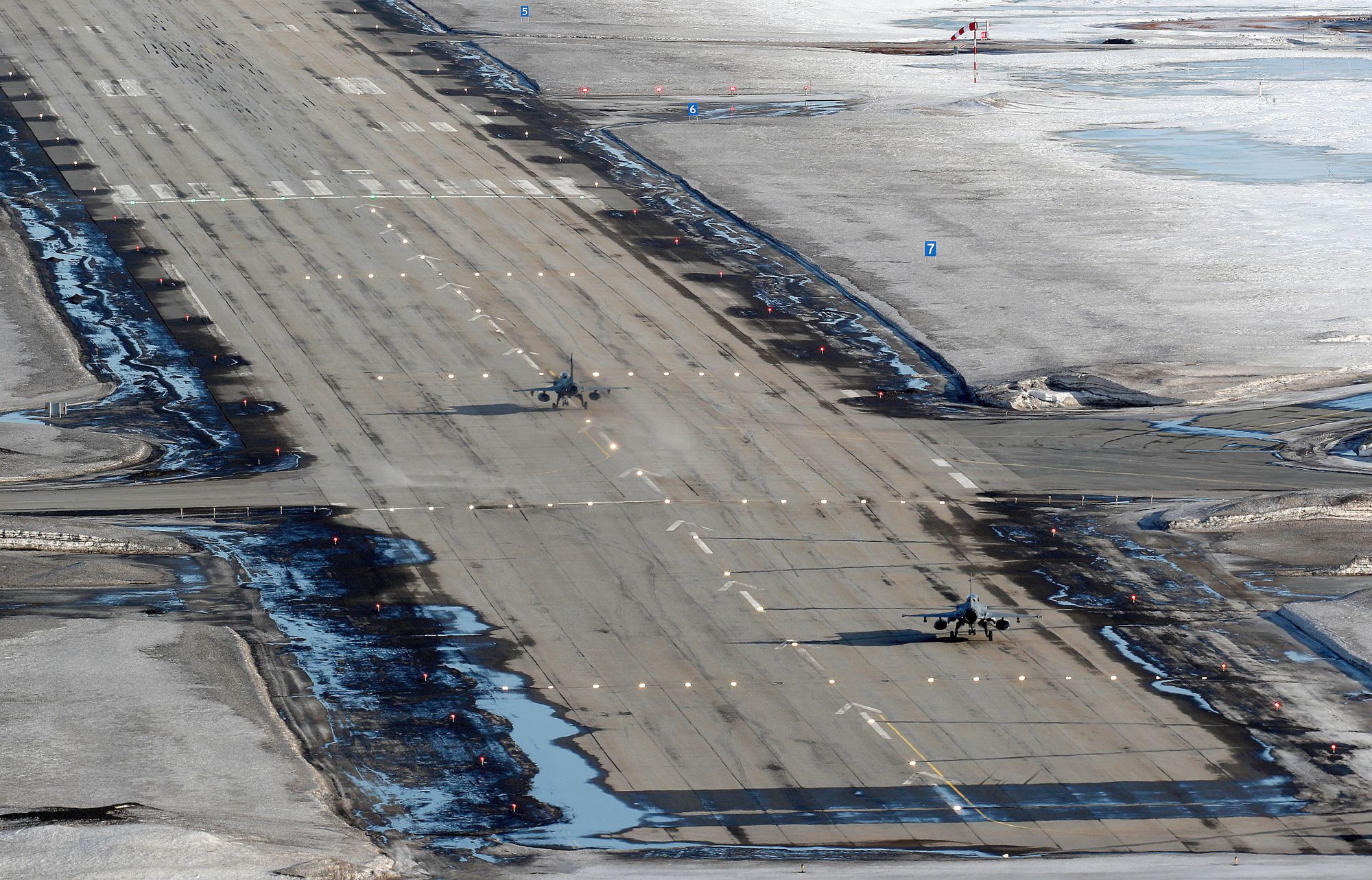
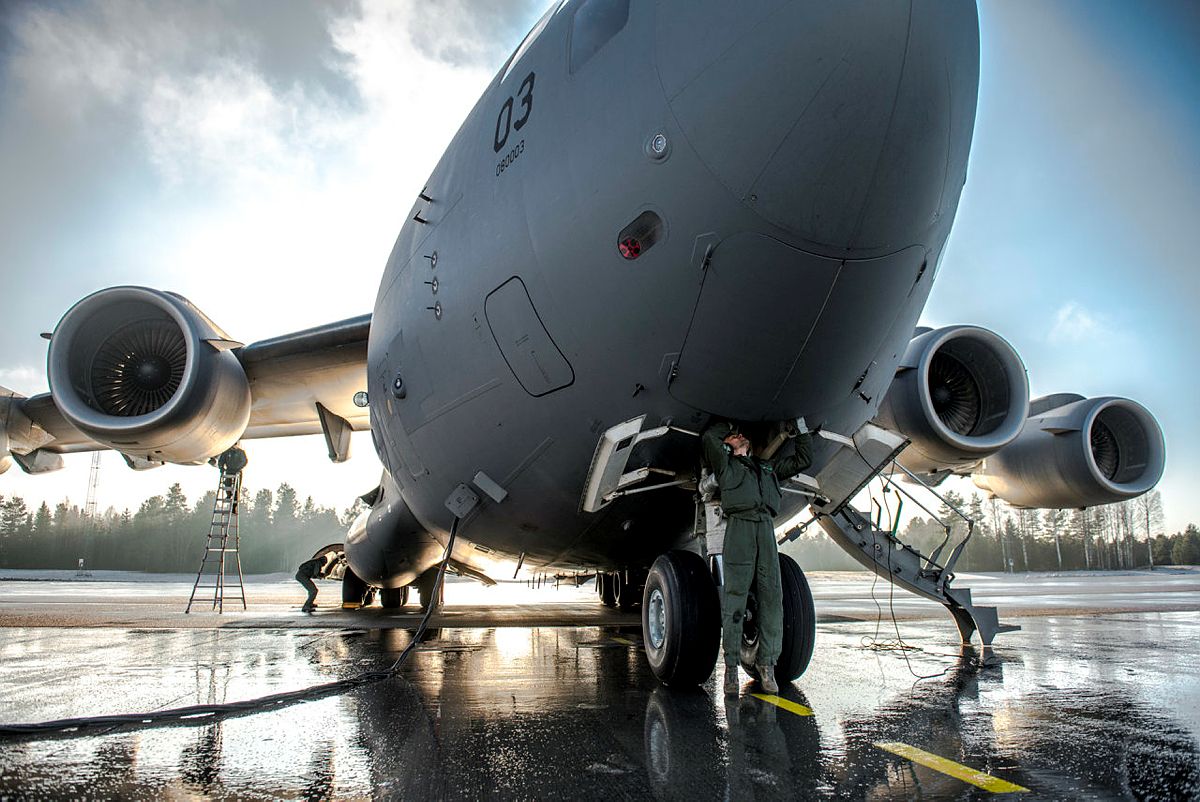
[1] Iceland has no military forces, but the country’s Coast Guard operates the NATO Iceland Air Defence System (IADS) including Air Surveillance system of four radars and the NATO Control and Reporting Centre, CRC Keflavik. These units feed the Recognized Air Picture (RAP) into the NATO Integrated Air and Missile Defence System.
[2] The GBAD principles of mass, mix, mobility, and integration.
[3] 2022 -06-20-U-Food-for-thought-paper-versjon-2.0-fra-Luftforsvaret-til-Forsvarskommisjonen
[4] Air Force Doctrine Note 1-21
[5] https://www.defensenews.com/interviews/2022/02/14/finnish-air-force-commander-on-running-the-f-35-through-a-time-of-isolation/
[6] https://www.stratagem.no/luftforsvaret-quo-vadis/
Artikkelen ble først publisert i Luftled 2022-3.
Foto: Forsvaret


